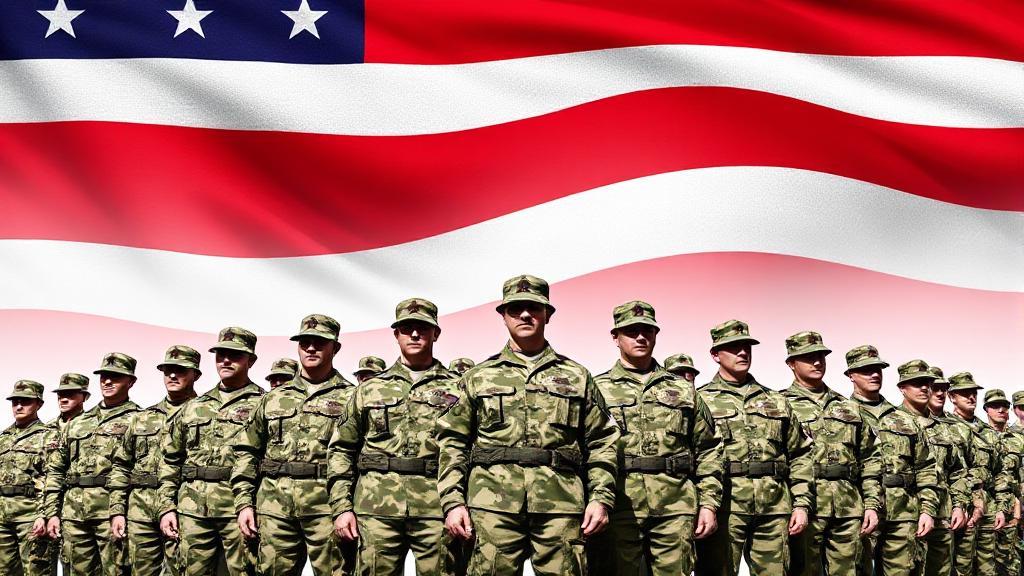Core Mission and Responsibilities
The army's fundamental mission is to fight and win the nation's wars through prompt and sustained land combat. This encompasses several key operational aspects:
- Defending the homeland and borders
- Deterring potential adversaries
- Conducting combat operations worldwide
- Supporting civilian authorities during emergencies
- Internal security during crises
- Participating in international peacekeeping missions
Organizational Structure
Combat Forces
The backbone of the army consists of several key components:
- Infantry: Ground combat operations and direct enemy engagement
- Armor and Artillery
- Tanks and armored vehicles for heavy firepower
- Long-range fire support using cannons, rockets, and missiles
- Special Forces: Elite units trained for specialized missions, including reconnaissance and counter-terrorism
Support Components
Two distinct reserve elements support the active force:
- Army Reserve
- Army National Guard
The army also maintains crucial support services:
- Logistics and supply management
- Medical services
- Engineering support
- Communications systems
Training and Development
Basic Training
All soldiers begin with Basic Combat Training (BCT):
Leadership Development
Military leadership training follows a progressive model:
| Level | Focus | Target Rank |
|---|---|---|
| Primary | Technical skills | Junior enlisted |
| Intermediate | Tactical leadership | NCOs |
| Advanced | Operational leadership | Senior NCOs |
| Senior | Strategic leadership | Officers |
"The more you sweat in peace, the less you bleed in war." - Norman Schwarzkopf
Modern Challenges and Evolution
Cyber Operations
With increasing reliance on technology, the army has expanded to include cyber warfare capabilities:
- Network defense
- Cyber intelligence
- Electronic warfare
- Information operations
Multi-Domain Operations
Modern military operations require integration across:
- Land
- Air
- Sea
- Space
- Cyberspace
Humanitarian Assistance
The army provides crucial support during:
- Natural disasters
- Medical emergencies
- Infrastructure development
- Search and rescue operations
Professional Development
The army offers extensive opportunities for growth:
Education Benefits
- GI Bill
- Tuition assistance
- Credentialing opportunities
- Technical certification programs
Required Skills and Qualities
- Physical Fitness: Maintaining high levels of physical readiness
- Mental Toughness: Ability to cope with stress and pressure
- Teamwork: Working effectively in group settings
- Adaptability: Adjusting to changing situations and environments
For more detailed information on the army's structure and operations, visit the U.S. Army's official website.
